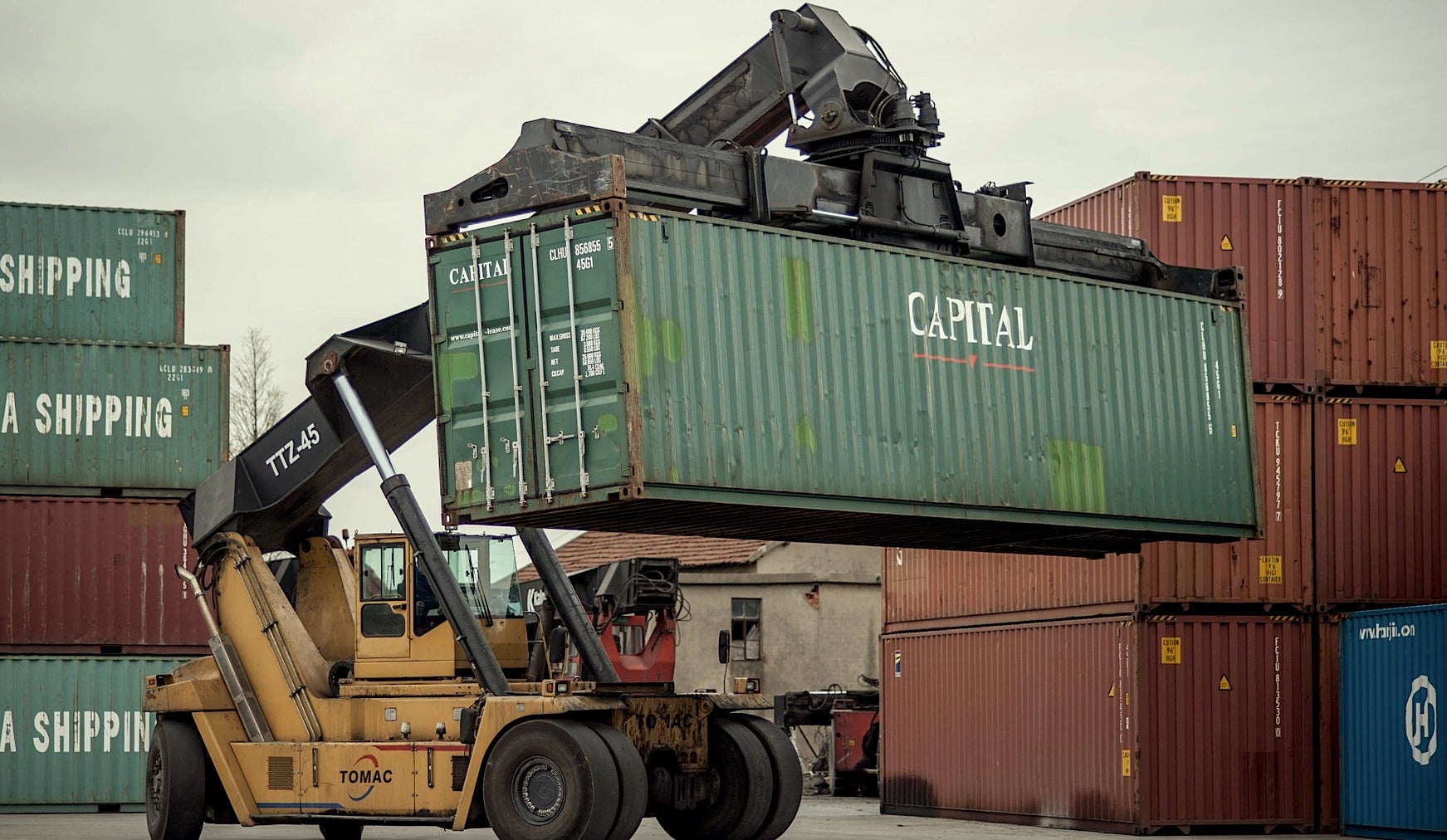As Jim Zemlin announced at last year’s LinuxCon in Toronto, the event is now called Open Source Summit. The event now combines LinuxCon, ContainerCon, and CloudOpen conferences along with two new conferences: Open Community Conference and Diversity Empowerment Summit. And, this year, the OSSummit will take place between September 11-14 in Los Angeles, CA.
Traditionally, the event starts off with a keynote by Zemlin where he gives an overview of the state of Linux and open source, And, one highlight of the schedule is always a keynote discussion between Zemlin and Linus Torvalds, Creator of Linux and Git.
This year, attendees will also get to hear Tanmay Bakshi, a 13-year-old Algorithm-ist and Cognitive Developer, Author and TEDx Speaker, as part of the keynote lineup, which also includes:
-
Bindi Belanger, Executive Program Director, Ticketmaster
-
Christine Corbett Moran, NSF Astronomy and Astrophysics Postdoctoral Fellow, CALTECH
-
Dan Lyons, FORTUNE columnist and Bestselling Author of “Disrupted: My Misadventure in the Startup Bubble”
-
Jono Bacon, Community Manager, Author, Podcaster
-
Nir Eyal, Behavioral Designer and Bestselling Author of “Hooked: How to Build Habit Forming Products”
-
Ross Mauri, General Manager, IBM z Systems & LinuxONE, IBM
-
Zeynep Tufekci, Professor, New York Times Writer, Author and Technosociologist
As one of the biggest open source events, the summit attracts more than 2,000 developers, operators, and community leadership professionals to collaborate, share information, and learn about the latest in open technologies, including Linux, containers, cloud computing, and more.
Top 5 reasons to attend Open Source Summit
Diversity: Open Source Summit strives to bring more diverse voices from the community and enterprise world. And, the new Diversity Empowerment Summit expands that goal by facilitating an increase in diversity and inclusion and providing a venue for discussion and collaboration.
Cross-pollination: Open Source Summit brings together many different events, representing different projects, under the same umbrella. This allows for cross-pollination of ideas among different communities that are part of a much larger open source ecosystem.
Care for family: Open Source Summit is the only tech event where you can bring your entire family including kids. The reason is simple — the organizers offer childcare at the venue which allows parents to participate in the event without having to worry about childcare.
Awesome activities: Angela Brown, Vice President of Events at The Linux Foundation, not only knows how to plan top-notch events, she also knows how to throw parties. The New Orleans LinuxCon, for example, hosted a Mardi Gras parade and a dinner with live jazz music. Chicago featured an event on the top floor of the Ritz hotel and a reception at the Museum of Science and Industry. Seattle included the Space Needle and Chihuly Garden and Glass Museum. The Toronto event tooks guests to Muzik where they “gambled” and celebrated 25 years of Linux.
Great opportunity for networking: Open Source Summit is a great mix of attendees. You get to meet with leading developers, founders, community members, CEOs, CTOs, technologists, and users. As exciting as the sessions are, the real value of OSS is the hallway tracks where you connect and reconnect with friends and colleagues. You come back from OSS with more contacts, more friends, new perspectives, and good memories.
Register now at the discounted rate of $800 through June 24,. Academic and hobbyist rates are also available. Applications are also being accepted for diversity and needs-based scholarships.




